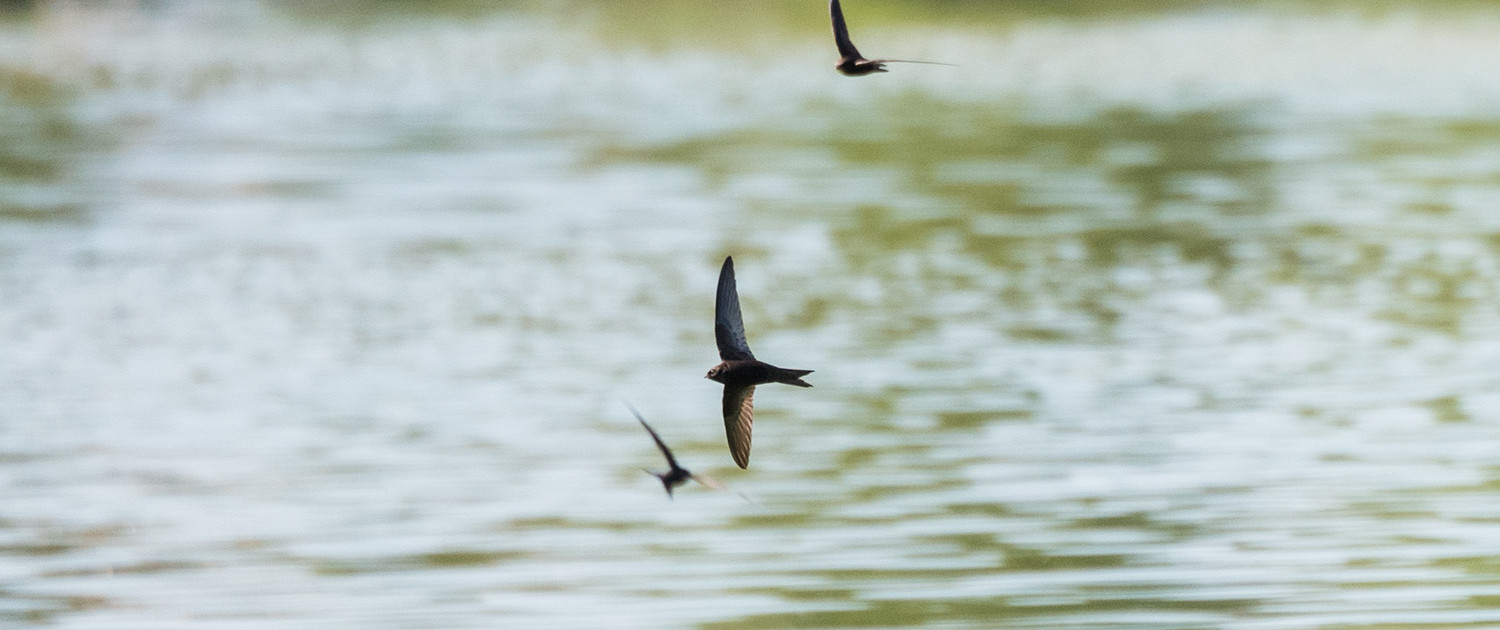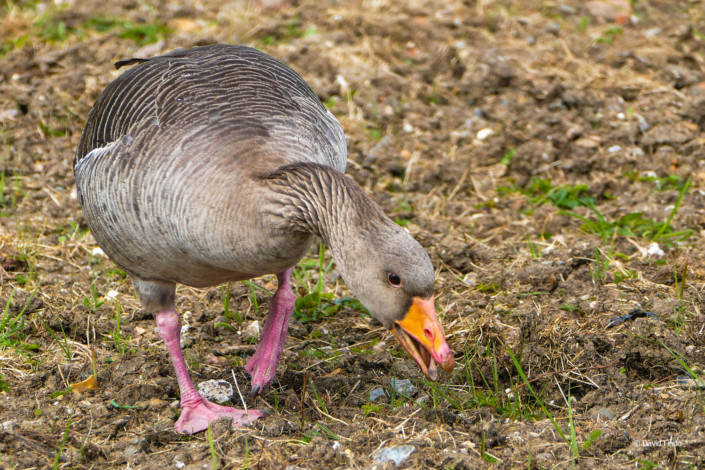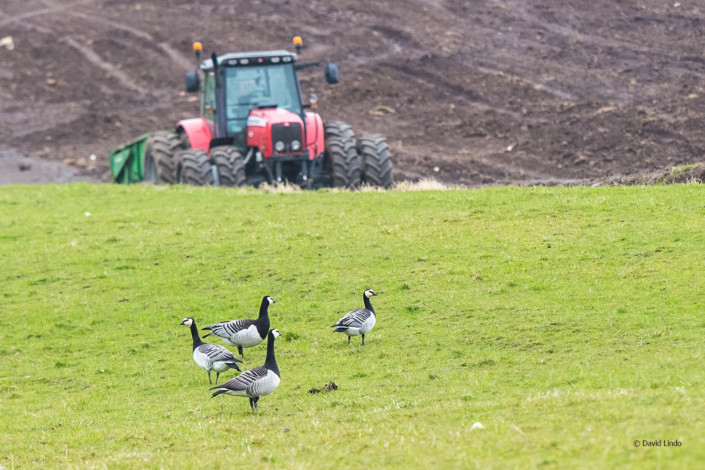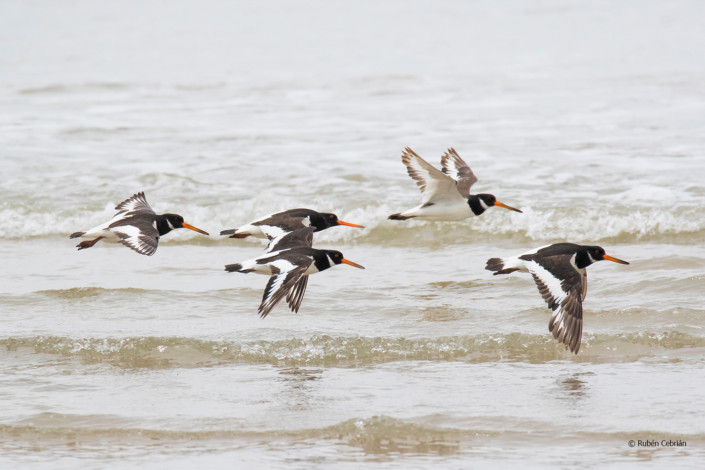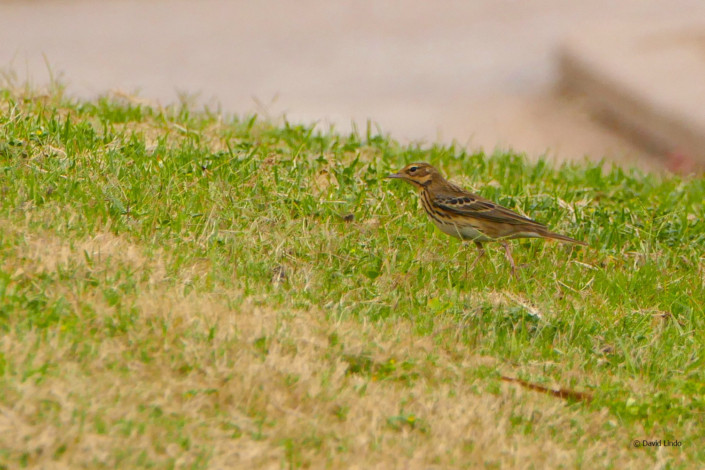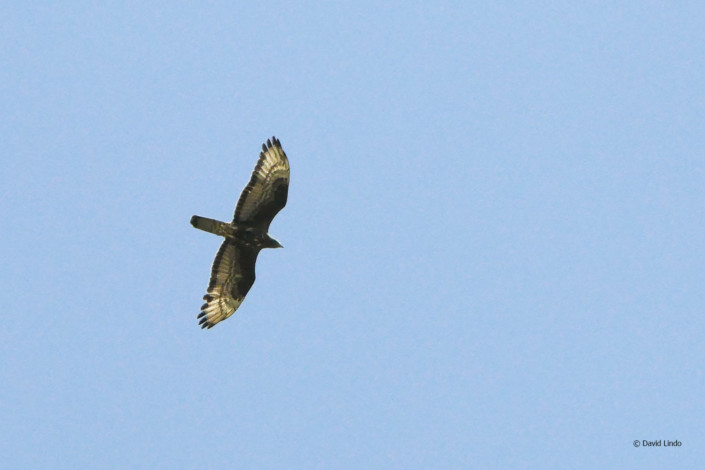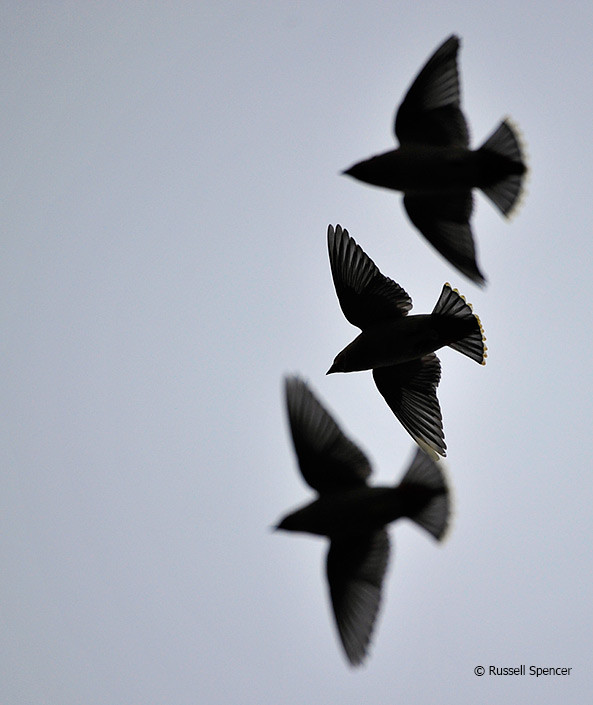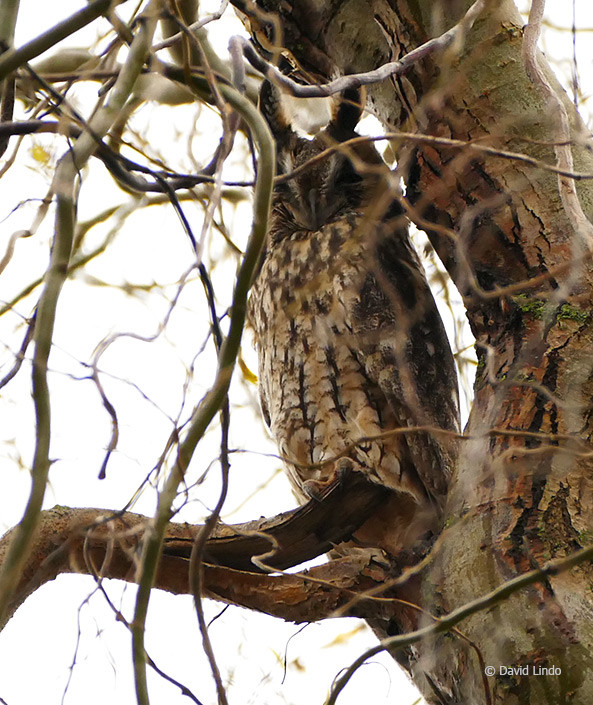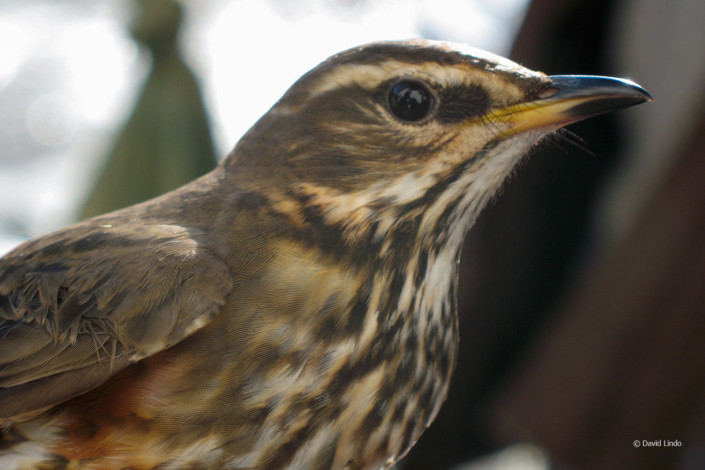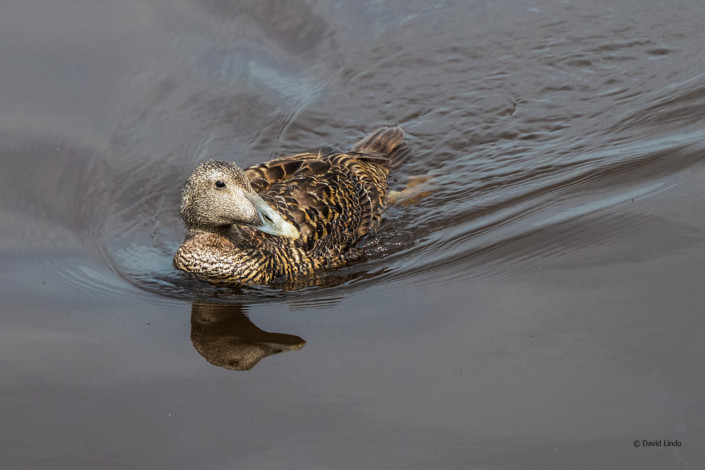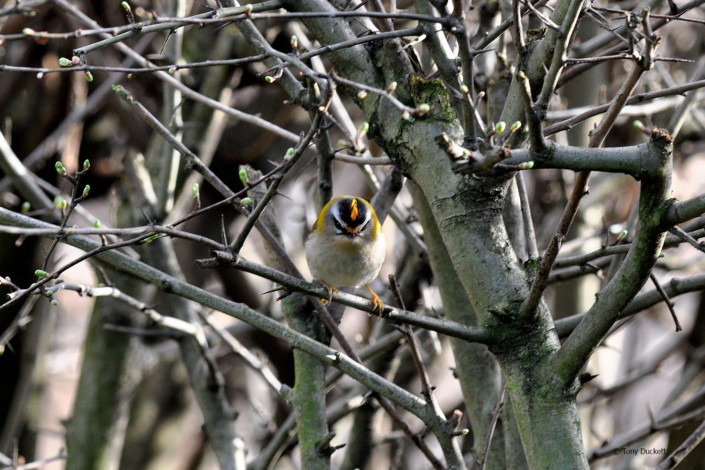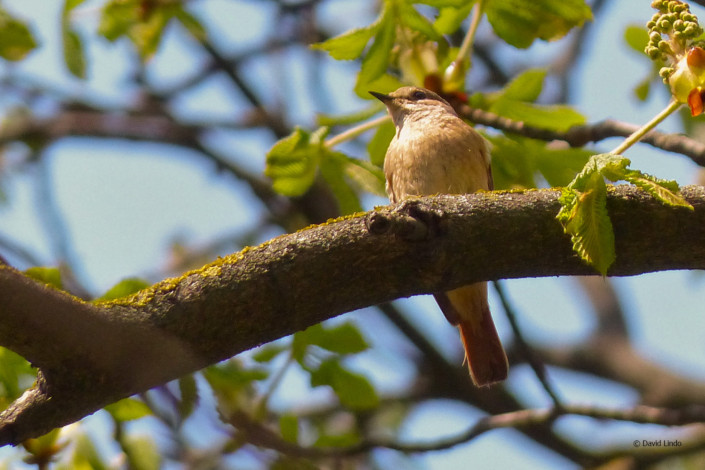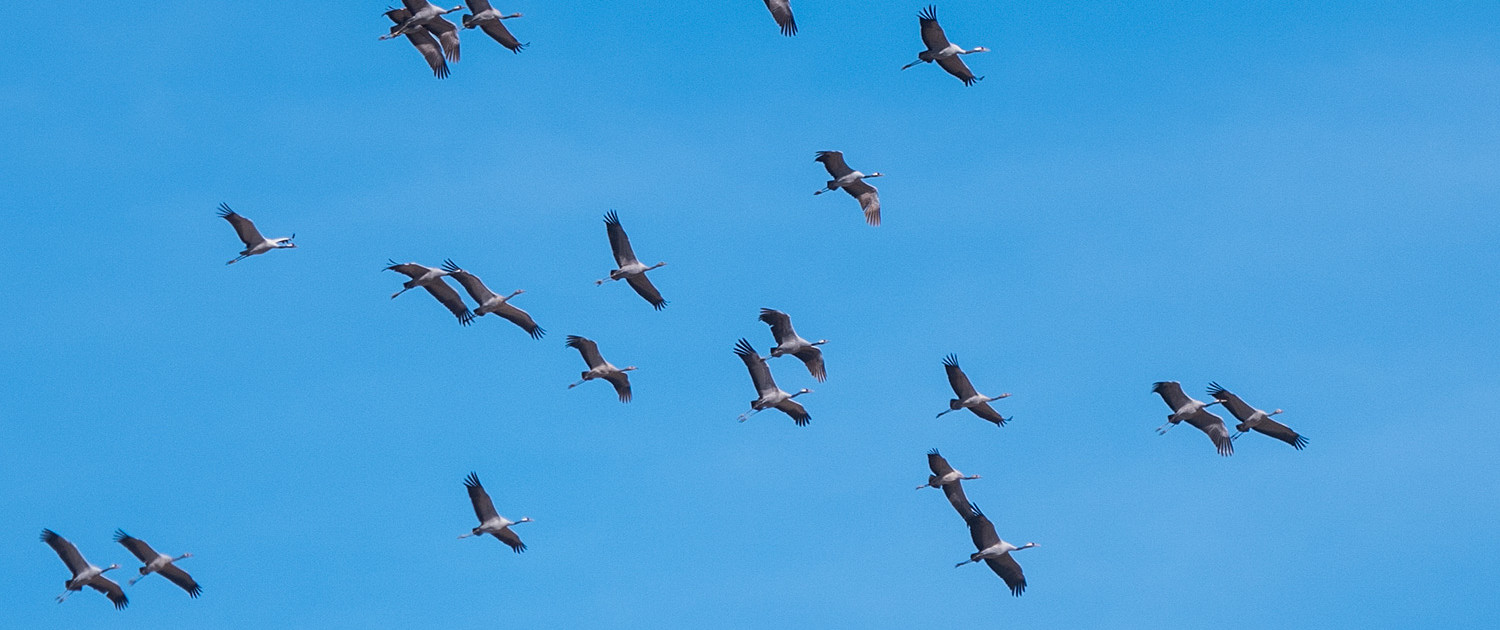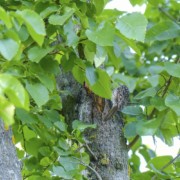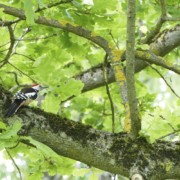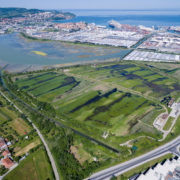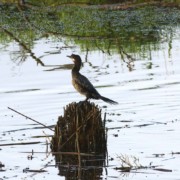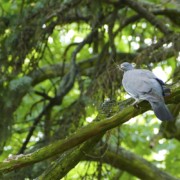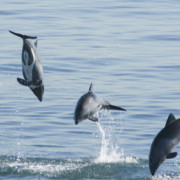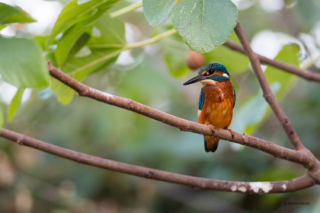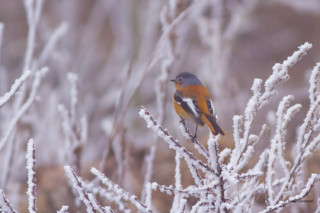Malmö, just opposite Copenhagen is a fantastic place for urban birding. There are many reasons for this. As it is situated so far south in Sweden, its avifauna is more continental than that of many other Swedish cities. But the city’s geographic location also means that migrants from all of Scandinavia pass over and often stop to rest. The Scandinavian peninsula narrows out here and is surrounded by sea on three sides which has a funnelling effect on the southbound migratory birds. Malmö is also a carefully planned city with lots of green parks, a multitude of different kinds of vegetation and an extensive shoreline. The latter includes a long sandy beach that turns from east-west to north-sound and acts as a guideline for migrating birds. Over 315 species have been recorded in Malmö and around 230 are recorded on an annual basis.
In summer, breeding is in full swing. Common Swifts and House Martins swill overhead, Woodpigeons and Jackdaws in the gardens and Common Gulls are virtually everywhere where there is a flat predator-free roof. Judging from the newspapers ‘letter to the editor’ columns, Common Gulls are one of the two birds that sets the local inhabitants emotions on fire. The other is the goose of which there are two species, Greylag and Barnacle. They thrive in the city parks and the harbour areas and after some years without controlling measures being taken have spread across the city in huge numbers. The Greylags move across the sound between Malmö and Copenhagen. The Barnacles were introduced in the 80s, but as Malmo is also on the migration route of the truly wild arctic Barnacle Geese and the two populations mix. The males and females form pairs during the winter meaning that park-bred Barnacles in Malmö are sometimes attracted by wild migrant Barnacles to winter around the North Sea or breed on the quiet Siberian tundra. Oystercatchers are common in March-July when they breed on flat roofs, like the gulls but without forming colonies and feed on invertebrates in roundabouts, roadsides and public lawns. Red-necked Grebes breed in any small reedy pond in our parks or along the highways and try to vocally drown out the traffic noise when they are into their pig-squealing breeding mood.
Autumn migration sees the parks fill up with migrants from early August. Various warblers, Tree Pipits, swifts and hirundines mingle with the newly moulted geese and recently independent ducklings. Western Honey Buzzards pass over whilst Black, Great Spotted and Lesser Spotted Woodpeckers turn up in the city most years. Later on, thrushes, Bohemian Waxwings and finches populate the gardens, tree groves, coastal bushes and parks. Rare birds of prey such as Steppe Eagle, or one of the Spotted Eagles (Greater or Lesser) and even Eastern Imperial Eagles that turn back at Falsterbo at the sight of the dangerous sea, often turn up 30 minutes later and attract hopeful birders to a hill on the eastern outskirts to observe return raptor migration.
Depending on the winter conditions, for example if there is snow cover, Long-eared Owls come into the city and are easily seen in graveyards and gardens. Some years, large numbers of Bramblings and Redwings winter or stay for a short period, before moving on to Denmark. During other years, Shore Larks, Lapland Buntings and Snow Buntings can be found on the beach or even on roundabouts that have been cleared from snow by the wind. White-tailed Eagles use the bridge to Denmark to commute twice daily between their roosts in the inland forests and their day jobs hunting on the islands of Pepparholm and Saltholm between Sweden and Denmark.
Spring migration starts in early March with Woodcocks being regularly flushed from the parks or gardens by early risers. A week later, the spectacular Common Eider migration takes place along the coast. The Eiders fly towards the south in order to round Sweden and avoid flying directly over land, before entering the Baltic where they change course heading more directly to the arctic. The flocks are easily seen from the espresso cafés and ice cream parlours in the fashionable Western Harbour area of Malmo sometimes in the company of single King Eiders. Following this movement are the flocks of Common Cranes, especially on sunny days if the winds are from the east pressing them towards the coast. Firecrests are regularly observed from late March and the warblers and Common Redstarts show up from mid April. It is also a good time to see Penduline Tits on the outskirts of town and later in May in the parks, Golden Orioles can be seen or heard briefly as they pause in early mornings, always on the move.
Any time of the year there is always something interesting to bird in Malmo. The local birders have a site (in Swedish) at www.microbirding.se, select Malmö and enjoy the daily reports, discussions and birding tips.
Erik Hirschfeld (erik[@]hirschfeldmedia.com), November 2011.

